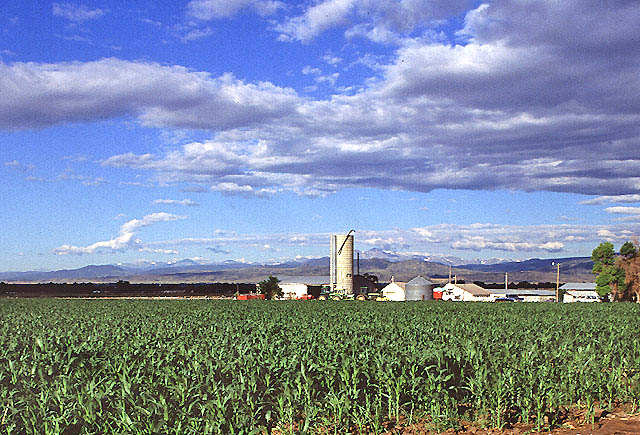December 23, 2010

Between the 1990 and 2010 cash-rent levels per acre have increased by about 70 percent and crop revenues for grain operations have more than doubled, largely due to agricultural commodity and energy prices, according to a University of Illinois agricultural economist.
“Significant increases in commodity futures prices throughout this fall suggest that expectations are for cash rents to continue to increase at least over the short-term,” said economist Nick Paulson.
He said the increasing cash-rent levels are an issue of primary concern for farmers in Illinois and throughout the Corn Belt region. According to University of Illinois crop budgets, land costs have represented 30 to 35 percent of total production costs for Illinois grain operations over the past six years. Despite consistent upward trends in cash-rent levels, this actually represents a decline in similar measures from the early 90s.
What’s interesting to Paulson is looking at who is assuming the most risk. “Under a typical share-rental agreement, the farmer and landowner share crop revenues, production costs, and the risk associated with production and input and commodity prices,” he said. ”Under a cash-rent agreement, the farmer bears all production and price risk. While economic theory would suggest that farmers should earn a premium for taking on additional risk, lower farm returns have been linked to Illinois farms which cash rent a significant portion of their total acreage.”
Over the past decade there has been a shift away from share-rental agreements to cash-rent arrangements in Illinois. The average proportion of total acres that are operated under a share rent agreement has fallen from about 48 percent in 1997 to 37 percent in 2009. Over the same time period, the proportion of total acres operated under cash rent agreements has increased from just over 25 percent to approximately 40 percent, while ownership rates among grain farm operators have declined slightly from 25 percent to about 23 percent.
Paulson said these trends have significant implications for farm profitability and the risk exposures facing both the producer and the landowner. He links the risk takers to the introduction of increased availability and breadth of crop insurance programs.
“The increased use and effectiveness of crop insurance as a risk management tool could be one justification for producers’ taking on additional risk through cash rent agreements,” he said. “Cash-rent agreements relieve the landowner of many difficult decisions, including crop marketing and the timing of input purchases. And, under a cash-rent agreement, the landowner can rely on the farmer to understand and manage the tasks associated with Federal commodity programs.”
He explained that under a typical share-rental agreement, the farmer and landowner share crop revenues, production costs, and the risk associated with production and input and commodity prices. Under a cash-rent agreement, the farmer bears all production and price risk. “While economic theory would suggest that farmers should earn a premium for taking on additional risk, lower farm returns have been linked to Illinois farms which cash rent a significant portion of their total acreage,” Paulson said.
Cash rent levels exhibit a benchmarking effect based on the previous crop year. This tends to slow rental rate adjustments. Operators with bigger farms tend to pay higher cash rents. “While this implies economies of scale, the difference in average cash-rent levels reported by small and large grain operations is relatively small. Significant increases in commodity futures prices throughout this fall suggest that expectations are for cash rents to continue to increase at least over the short-term,” he said.
Since 1990, the average cash rent in Illinois has increased by about 70 percent from $100 per acre to $169 per acre in 2010 according to USDA’s Agricultural Land Values and Cash Rents Annual Summary. Over the same twenty year period, both crop revenues and non-land production costs for grain operations have more than doubled. These trends have been most pronounced over the past five years due to the significant rise in both agricultural commodity and energy prices.
You May Also Like




